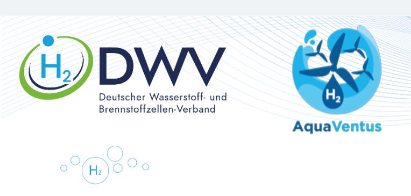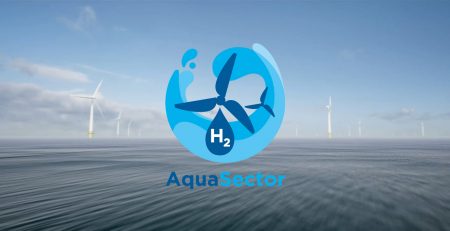In order for the vision of green hydrogen in the North Sea to become reality, a number of regulatory hurdles still need to be overcome – AquaVentus makes concrete proposals.
Helgoland/Berlin – The world’s first offshore hydrogen park is to be built in the German part of the North Sea by 2028. Basic support for the project is there. The German government recently emphasized the crucial role of offshore hydrogen production in implementing the National Hydrogen Strategy in the Climate Pact. However, for up to one million tons of green hydrogen to be produced annually in the North Sea and transported by pipeline to the mainland by 2035, some regulatory changes are needed. The AquaVentus Initiative has elaborated the crucial points in a detailed position paper. What is it essentially about?
More and larger areas must be put out to tender for so-called other energy generation, and this should ideally be technology-specific for electrolysis. The area available for other energy generation in the German North Sea to date (Sen-1) has a capacity of just under 300 megawatts. – Too little to be able to produce hydrogen on a large industrial scale. More flexible offshore lines need to be created. H2 offshore grids should be made possible at all. Binding expansion targets, as for photovoltaics and onshore wind, would provide more security for investments. A hydrogen gathering pipeline should be allowed in the North Sea regional planning. Permit conditions for electrolysers must be made more concrete and green hydrogen must be made competitive overall. The individual demands and proposals can be read in detail in the document linked below.
About AquaVentus
The family of projects surrounding the AquaVentus initiative includes numerous projects along the value chain from the production of hydrogen in the North Sea to transport to customers on the mainland. These coordinated consortia synchronize demand and generation, enabling a rapid market ramp-up. The AquaVentus project family includes, for example: the development of offshore wind turbines with integrated hydrogen production (AquaPrimus), a large-scale offshore hydrogen park (AquaSector), a central offtake pipeline (AquaDuctus), port infrastructures (AquaPortus), maritime hydrogen-based applications (AquaNavis), and research platform (AquaCampus).









